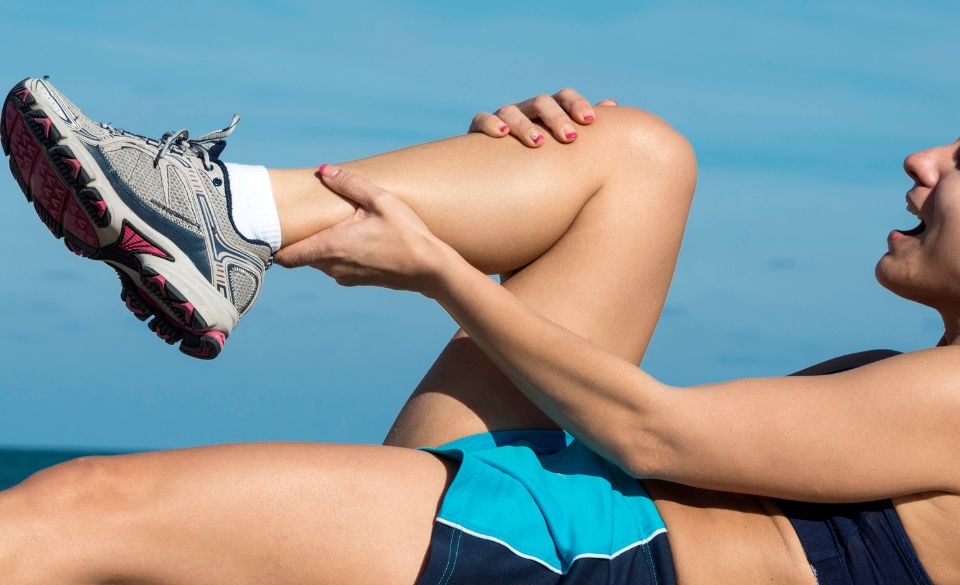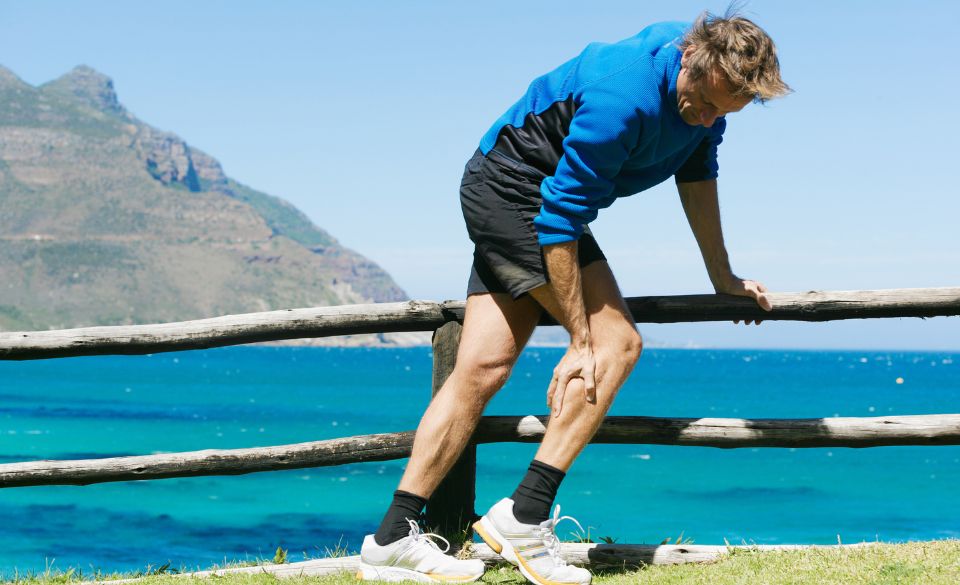
A Runners Guide To Charley Horse Symptoms And Treatment
Page Contents
As a runner, you may or may not have heard of Charley horse. Charley horse is a common name used for muscle spasms that not only affect beginner runners but also experienced and elite runners.
If you are looking for a way to prevent Charley horse while running, you have come to the right article.
In today’s article, we discuss how to treat and understand the symptoms that can cause Charlie’s horse while running (muscle cramps).
What Is Charley Horse?
A charley horse is a name that refers to a muscle cramp while running that is sudden and often painful. It often occurs when running and also at night. The most common areas affected are the calf muscle, foot, and sometimes the thigh.
This condition causes an involuntary reaction that affects the nerves of the muscle. It then causes the muscles to misfire and forces the muscles to freeze and lock, causing the muscles to become contracted.
Charley’s horse can be painful and causes soreness that can last multiple days. The pain associated with Charley’s horse can be extreme if it lasts more than a few seconds and can affect walking and running for a few days.
Serious cases of Charley’s horse can cause pain that lasts anywhere from a few hours to multiple days. However, since the pain is not chronic and isn’t recurring, it is not classed as a serious health issue.
These types of muscle contractions and cramps also affect pregnant people and individuals with certain health conditions. It also affects more than a third of people aged above 50.
Why Is It Called Charley’s Horse?
Many sources suggest that the name arose from baseball players naming teammates that were injured. They often referred to injured athletes as Charley, the horse.
Another theory behind the name is that a baseball pitcher named Charley. Charley regularly had muscle cramps during the 1880s.
Just keep in mind that Charley’s horse isn’t only related to baseball players. These types of muscle cramps/spasms can affect any type of athlete.
Causes Of Charley’s Horse In Runners
Charly horse is just another term for muscle cramps, twitches, and spasms that strike the lower leg and are painful.
There are several potential causes of Charley’s Horse in runners. One is dehydration, which can cause electrolyte imbalances that lead to cramping. Another is over-exertion, which can cause the lower leg muscles to become fatigued and unable to function properly.
Additionally, poor stretching and no warm-up routines can contribute to lower leg and foot cramps. This is because your muscles may not be properly prepared for exercise, especially when it comes to more intense training sessions.
Other factors that can influence muscle spasms and cramps include:
– Poor nutrition
– Lack of stretching
– Overloading the muscles
– Weak circulation
– Medication
Finally, certain medical conditions like diabetes or nerve damage can also lead to muscle cramping.
If you are a runner who frequently experiences muscle cramps or spasms in the lower legs, it’s important to consult a doctor to rule out any underlying causes.
Once any potential medical causes have been ruled out, there are several things you can do to help prevent cramping. Below we discuss how to prevent Charley Horse from affecting your running and daily life.

How To Prevent & Treat Charley Horse In Runners
According to research, one of the most successful ways to curb the frequency and intensity of lower leg cramps is a drug called quinine.
However, not many doctors will prescribe this drug to runners. Because of that, it is important to follow the guidelines below.
-First, stop exercising if you are feeling pain
– Once the pan has gone, try to massage the affected muscle, as this will help provide some relief.
– Next, gently stretch the muscle slowly.
Some of the examples of lower leg stretches include:
The Calf Stretch
1. Start by standing with your feet hip-width apart.
2. Place your hands on a wall or other stable surface at about chest height.
3. Step forward with one leg, keeping your heel on the ground and your toes pointing forward.
4. Lean into the wall until you feel a stretch in your calf muscle.
5. Hold for 30 seconds, then switch legs and repeat.
If you want a deeper stretch, you can try this variation:
1. Start in the same position as above, with your feet hip-width apart and your hands on a wall or other stable surface at about chest height.
2. Step forward with one leg, keeping your heel on the ground and your toes pointing forward.
3. Bend your front knee and lean into the wall until you feel a stretch in your calf muscle.
4. Hold for 30 seconds, then switch legs and repeat.
Towel Stretching
If you’re looking for a simple and effective way to improve your flexibility, try towel stretching. This type of stretching is a great way to lengthen your muscles and improve your range of motion.
To get started, all you need is a towel. Sit with your legs on the ground out in front of you, and place the towel around the toes. Then gently pull on the ends of the towel. You should feel a gentle stretch in the calf muscle. Hold this position for 10 to 20 seconds and then release. Repeat this stretch 2-3 times per day for best results.
You should also try easing the pain of a sore muscle with a cold pack. This should improve blood circulation to the muscle and relax it.
Stair-step Calf-raise
1. Start by standing on a step with your heels hanging off the edge.
2. Raise your heels as high as possible, then lower them below the level of the step.
3. Repeat for desired reps.
If some basic lower leg stretching doesn’t help, you should treat it like an injured muscle. That means using the RICE method (resting, icing, compressing, and elevating the leg. Doing so will help to reduce any pain you may be experiencing. It will also help avoid any further muscle damage.



